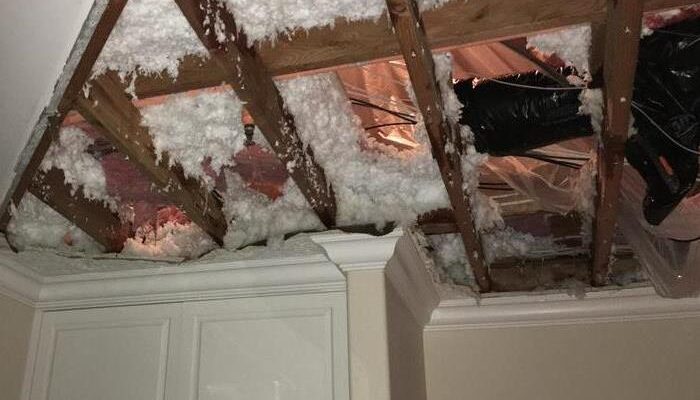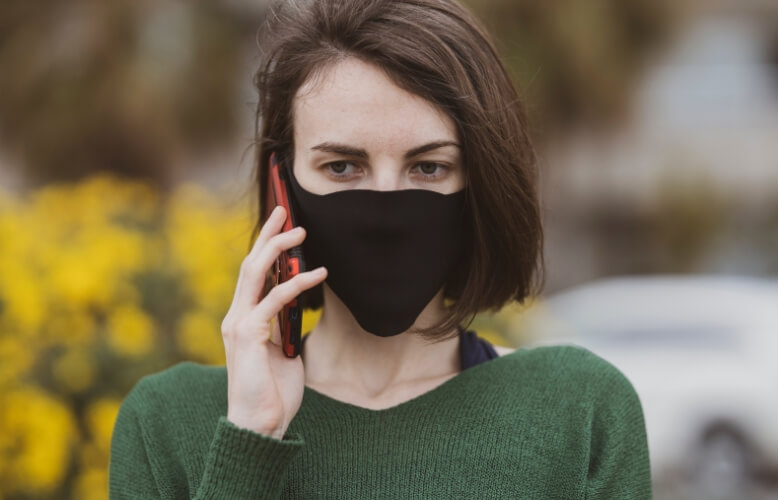Prevention is so much better than clean up. When it gets cold, pipes can freeze. And when they thaw and burst, they make a mess of things. So here are some tips to prevent frozen pipes:
- Pipes that have frozen in the past and ones near exterior walls are obvious candidates for special attention. Insulate areas where vulnerable pipes are located. When insulation isn’t enough, electric heat tape can be applied to pipes to provide warmth.
- Turn outside faucets off from inside the home. Remove hoses from outside yard faucets, as these faucets can’t drain properly with a hose attached. If you have a sprinkler system, drain all outdoor pipes and turn off the water supply to the system.
- During severe cold weather, resist the urge to lower your thermostat to save money while you are gone for the day. Instead, consider kicking it up a few degrees to keep the heat up in far-to-reach areas of the home that may be vulnerable to freezing.
- Open the doors to kitchen and bathroom cabinets under your sinks so the room’s ambient heat will help warm the pipes.
- During severe cold weather, keep water trickling out of faucets or spouts attached to vulnerable pipes.
- Know where your main water emergency shut-off valve is located!
But it does happen, so here are some tips on what to do if a pipe does freeze:
- To prevent a frozen pipe from bursting, open the faucet it supplies with water.
- Then gently add heat to the area where the pipe is located (do not use an open flame device).
- Turn off the water supply to that line until the pipe has become unfrozen.
If a pipe does burst, immediately turn off the water supply to your property, and get any standing water out of the house as soon as possible.

